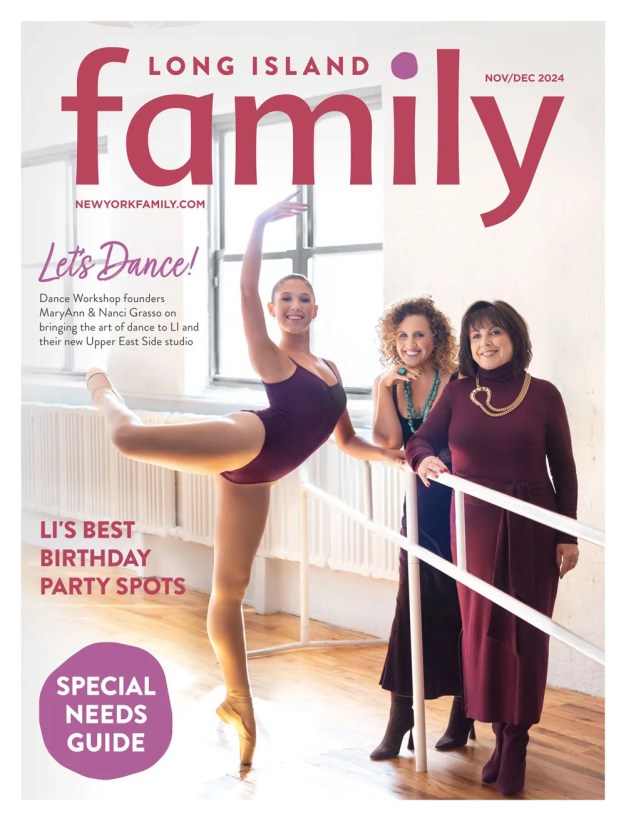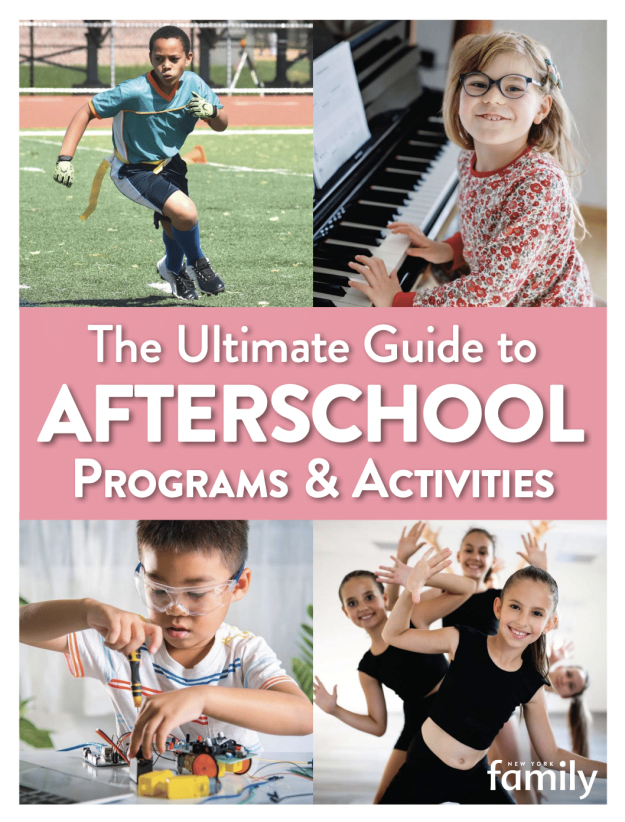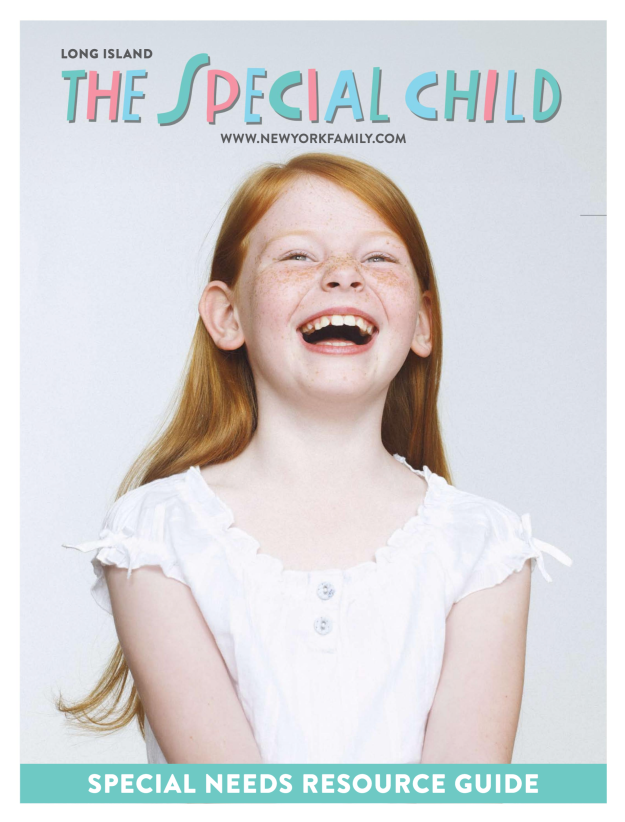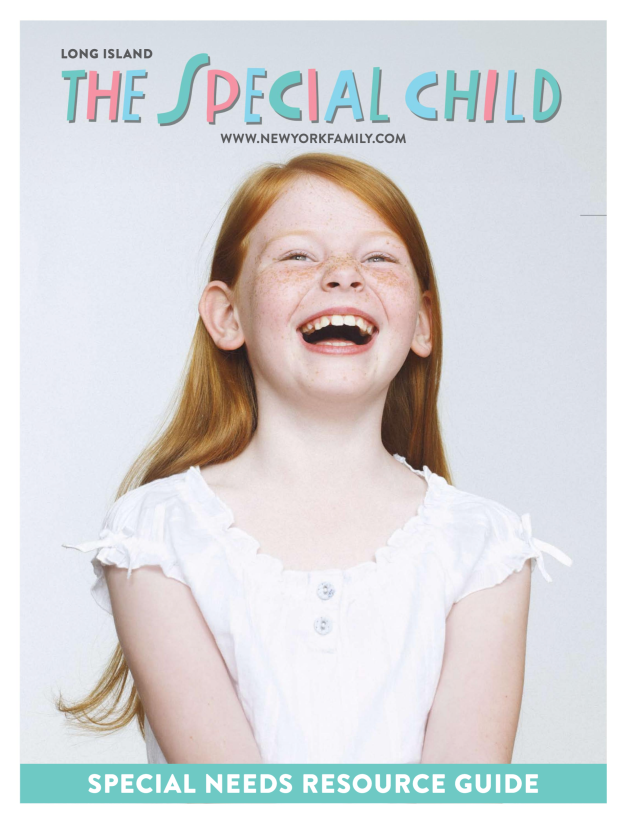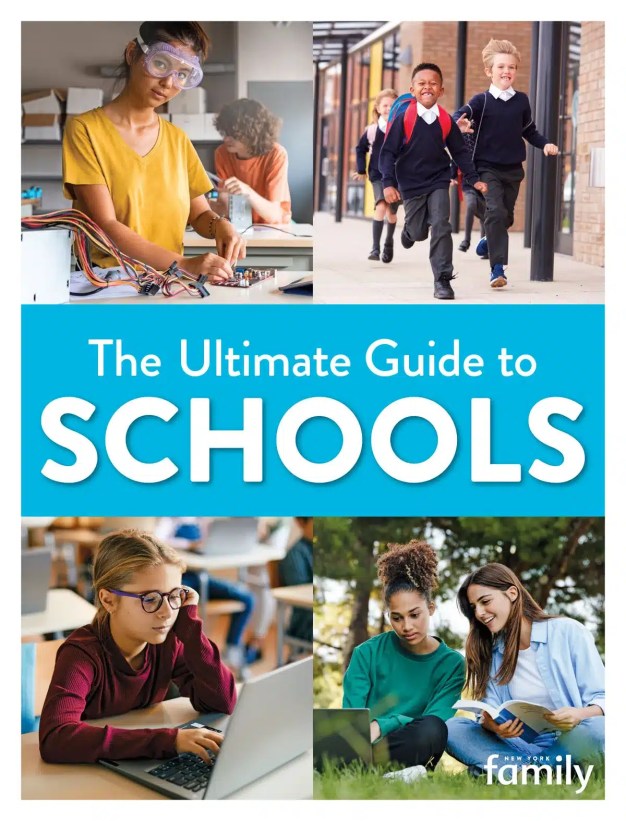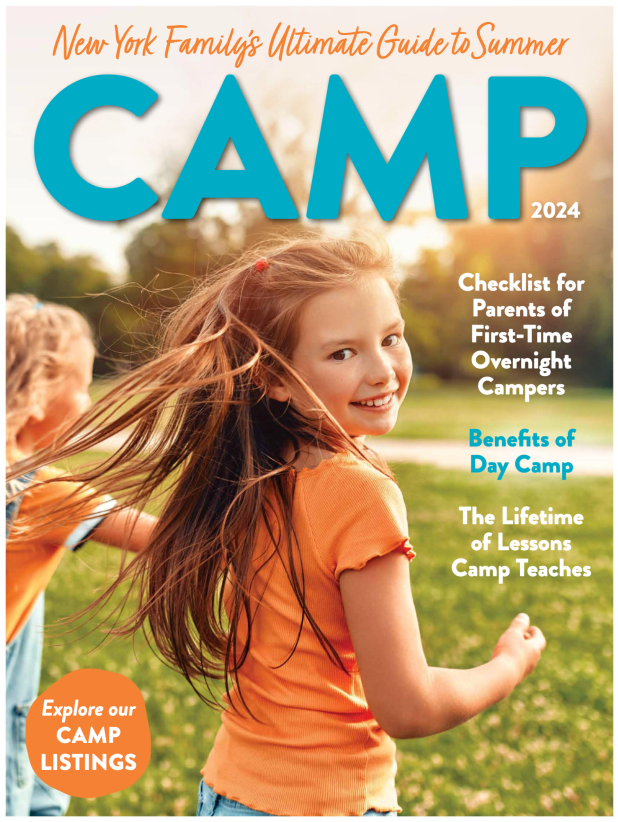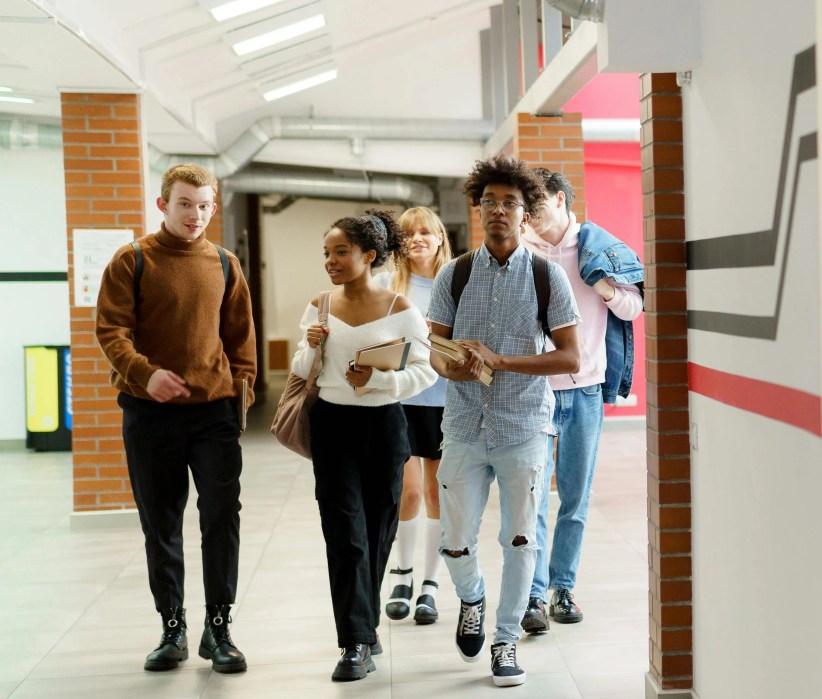Has your child’s teacher asked for volunteers this year? If you have never offered your services, you may want to reconsider. Many elementary school teachers are eager to accept help from parents. Sometimes classes have as many as 25 or 30 students, and it can be a blessing to have an extra pair of hands. Even at the middle school and high school levels, parents are needed for a variety of reasons.
When my kids were still in school, I volunteered in many capacities, including Parent-Teacher Association president. My home office provided flexibility, which made it easier to find opportunities to help out during the day. However, there are plenty of ways parents can offer their assistance, even if they work during school hours.
Volunteering at your child’s school will help your child as much as his teacher. He will realize that his education is just as important to you as it is to him. Having a relationship with school staff also makes it easier to address concerns or issues that may arise during the school year. It’s a win-win for everyone.
Benefits of volunteering in the classroom
“Volunteering in your child’s class gives you a delicious peek into your child’s daily life,” explains Dr. Eileen Kennedy-Moore, a psychologist, internationally published author of several parenting books, and co-author of the recently-released “Growing Friendships: A Kid’s Guide to Making and Keeping Friends” (Aladdin-Beyond Words). “You’ll be able to see how the teacher and students interact, pick up on the atmosphere in the classroom, and perhaps see a whole new side to your own child. Kids often behave very differently at school. Your chatterbox at home may be on the quiet side at school, or your baby of the family may show an impressive degree of independence and resourcefulness in the classroom.”
Christina Hibbert, founder of Motherhood Radio-TV and bestselling author of several books — including the award-winning “This is How We Grow” (Oracle Folio Books), says, “Volunteering can help you better understand your child’s strengths and weaknesses, to see her at her best or at her not-so-best, and to get a feel for what she loves about school and where she might be struggling.”
Better communication
By volunteering, I was able to have constructive conversations with my children about their school day. I was familiar with the daily class schedule, so I was able to ask the right questions. For instance, instead of the generic “what-did-you-do-in-school-today?” I would ask, “What was the topic for writer’s workshop this morning?” Specific questions seem to generate an actual response instead of a vague, “Ah … nothing.”
Kennedy-Moore states, “Knowing more about your child’s school environment is very helpful if your child doesn’t usually tell you what’s happening at school.”
Communication with school staff might be easier as well.
“Volunteering can also help you build relationships with school personnel,” Kennedy-Moore points out. “This can be useful for facilitating communication and addressing your child’s needs.”
Bonding aspect
Volunteering helps build strong relationships.
Hibbert elaborates, “Volunteering helps your child feel connected to you. As you participate in his world, he’ll feel the love you have for him, and he’ll know that you support him. Young children love to ‘show off’ their parent at school, because it makes them feel special having you there. You may also develop a stronger relationship with your child’s teacher, and this will allow you to be more involved in your child’s learning and progress in school.”
Kennedy-Moore adds that your involvement at your child’s school is also a catalyst for building community relationships.
“Volunteering also helps you get to know other parents who can be great sources of information about resources or opportunities for your child. Meeting other parents might even lead to family relationships that offer your child a special sense of connection to the school.”
For those with less flexible work hours
Many parents don’t have a flexible work schedule or the time to participate in classroom activities on a regular basis. If you want to volunteer, but your work schedule does not permit helping with activities in the class, ask your child’s teacher if you can do something from home or attend evening activities and meetings.
“When my children were in elementary school, I worked a 45 to 55-hour work week,” says Linda Witherwax, former Taconic Region PTA director in New York and current Volusia County Council PTA president in Florida. “What really helped me stay involved with my children’s school was getting involved in the PTA.” Witherwax believes this was a very good way to stay connected and to have updated information about what was going on at the school. “The principal attended all the meetings and talked about current issues and upcoming events. I got to meet other parents, which also helped me to stay connected and informed.” She also suggests participating in evening events, such as back-to-school nights.
“If your work schedule gets in the way of volunteering during the school day, don’t worry! There are plenty of opportunities to pitch in on weekends or in the evening,” says Kennedy-Moore. She suggests looking into the following:
• Administrative role to help with fund-raisers.
• Organizational projects that can be done via e-mail.
• Doing a presentation about your career in your child’s classroom on “Career Day.”
Hibbert proposes volunteering for after-school activities.
“Perhaps you could be the team parent for after-school sports. You can volunteer at an after-school book fair or carnival, too.” She also suggests helping with projects you can work on at home. “Teachers are usually more than willing to send home items you can help with, such as creating project pieces for school projects. You’ll be pleasantly surprised by how many opportunities there are to volunteer after business hours.”
Donations are always needed as well. “You can volunteer by donating needed classroom supplies or snack items,” adds Hibbert.
Volunteering at the secondary level
When I was PTA president at my children’s middle school, I was told that finding parent volunteers in secondary schools is like finding a needle in a haystack. However, it’s even more important that parents remain involved as their children get older. This is the time when things might go awry, and if there are problems, they certainly will be bigger ones.
It’s important that teens understand that their parents are not “checking up” on them, but helping out, because they care about their teen’s education and special interests.
Older students are capable of planning things on their own and running clubs. Therefore, you will probably be given a more supervisory type of role.
Witherwax claims that PTA is important at the secondary level as well.
“There seems to be so much more going on at the secondary level. There are often guest speakers from the district who share curriculum news.”
At the high school level, there are usually student representatives talking about the specific events for each class, such as prom.
Joining booster clubs or serving as an advisor are great ways to show your support. I was the National Art Honor Society advisor when my daughter was in high school. I had a great rapport with the students, and my daughter was thrilled to have me volunteer in this capacity, because she knew that I also had an interest in art. It was a great way for me to share her love of fine art and meet other students with similar interests. There are usually opportunities to volunteer at concerts, honor roll events, and sports events as well. At this level, students are usually from neighborhoods that are a greater distance away. So, an additional benefit is meeting the parents of some of the other teens whom you wouldn’t have met otherwise.
Be sure to subscribe to the school’s online newsletter or mass e-mails — if your teen is not talking about what is going on, you will still be informed.
“I had e-mail addresses for all my children’s teachers,” shares Witherwax. “E-mail was a popular means of communication with secondary teachers.”
Studies show that your involvement in your child’s school makes a difference at all levels. The cooperative alliance of parents and teachers who work together as a team is a formula for success. Find the time to get involved, and show your child how much you care about his education. Any level of participation is important. Your child can only benefit from your genuine interest.
Kennedy-Moore asserts, “Most importantly, volunteering at your child’s school shows that you value education and care about helping to build the school community.”
Myrna Beth Haskell is an award-winning author (www.myrna
Classroom volunteer etiquette
If you decide to volunteer, here is a short list of some dos and don’ts to consider:
• Do tell your child’s teacher about any skills or hobbies you have.
• Do show up on time.
• Do refer to your child’s teacher as Mrs. Smith (not Mary) in the classroom.
• Do wait for an appropriate time to ask about your child’s progress (not in the middle of a messy art project).
• Do dress comfortably and appropriately.
• Don’t ask for special favors.
• Don’t overstay your welcome.
• Don’t make a pest of yourself. (You are there to help out, not chat about a million other things.)
• When in doubt … ask!




